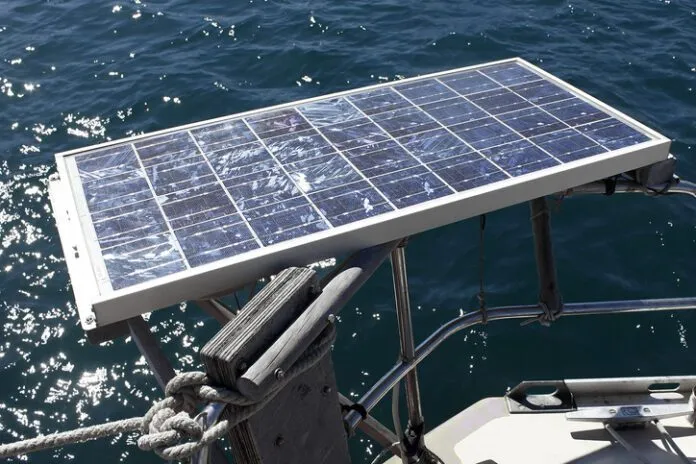In simple terms, and leaving out the quantum nature of light, solar panels work by converting the energy in sunlight (or any light) to an electric current. The sunlight striking the silicon material in the panel causes the material to give up electrons, which then can be used to power something, or for storage in a battery. The amount of power potentially available from the panel is related to the light intensity, the angle of the light to the panel, the panels temperature, and the cell material.
LIGHT INTENSITY. The greater the amount of light falling on the panel, the more power available from the panel. The output of a panel is comprised of two measurable quantities, voltage and current. While solar panel voltages are fairly insensitive to light levels, the output current will double for each doubling of the light intensity. Since power is the product of voltage times current (P = V x I), and since the voltage is pretty constant, the power output is directly proportional to the current. Monitoring the current will be a close analog of the panels output power.
ANGLE. The angle of the solar panel to the sun will have a fairly large impact on the panels power output. For the best results, the light should hit the panel perpendicularly to its surface. As the suns angle moves away from perpendicular, the light intensity falls off as the cosine of the angle. One simple way to demonstrate this effect is with a pad of paper and a desk lamp. Hold the pad so that its surface is perpendicular to the light and then notice the size of the pads shadow. Now, change the pads angle away from perpendicular and watch the effect on the shadow. At increasing angles, the shadow will get smaller. The smaller the shadow, the less light hitting the pad (solar panel). Additionally, below a certain angle, the sunlight will just reflect off the panels surface without producing electricity.
TEMPERATURE. The silicon material used in the production of the solar panels is sensitive to variations in temperature. As the panel temperature increases, the power output goes down. As a rule of thumb, the power output goes down 0.5%/C (or about 1%/F). The panels, since they are absorbing solar energy, will be warmer than the surrounding air. Therefore, air temperature will not be a good indicator of panel temperature. Also, some panel ratings are given at 20C (68F). Hence, on a warm summer day of 90F, and ignoring the increase in the panels temperature due to solar absorption, the output power will be about 20% less than the rated power.
CELL MATERIAL. Solar panels fall into three distinct groupings: monocrystalline, polycrystalline, and amorphous.
For more information on solar power, as well as readers real-world experiences with panels from various manufacturers, check out Marine Electrical Systems, Vol. 4: Alternative Energy.
Image Credit: Getty/oonal









































